
Let me tell you, some anime just become legendary… for all the wrong reasons. They end up as inside jokes, thanks to bizarre creative decisions, storylines we’ve seen a million times, or plot twists that launched a thousand memes. It’s funny, because even as fans poke fun – sharing clips, endlessly quoting lines, and arguing about why they’re so bad – they still clearly have a fondness for them. These shows are endlessly teased online, but they’re loved ironically, and I’m here to break down the titles that everyone loves to laugh at, and exactly what turned them into meme gold.
‘Ex-Arm’ (2021)
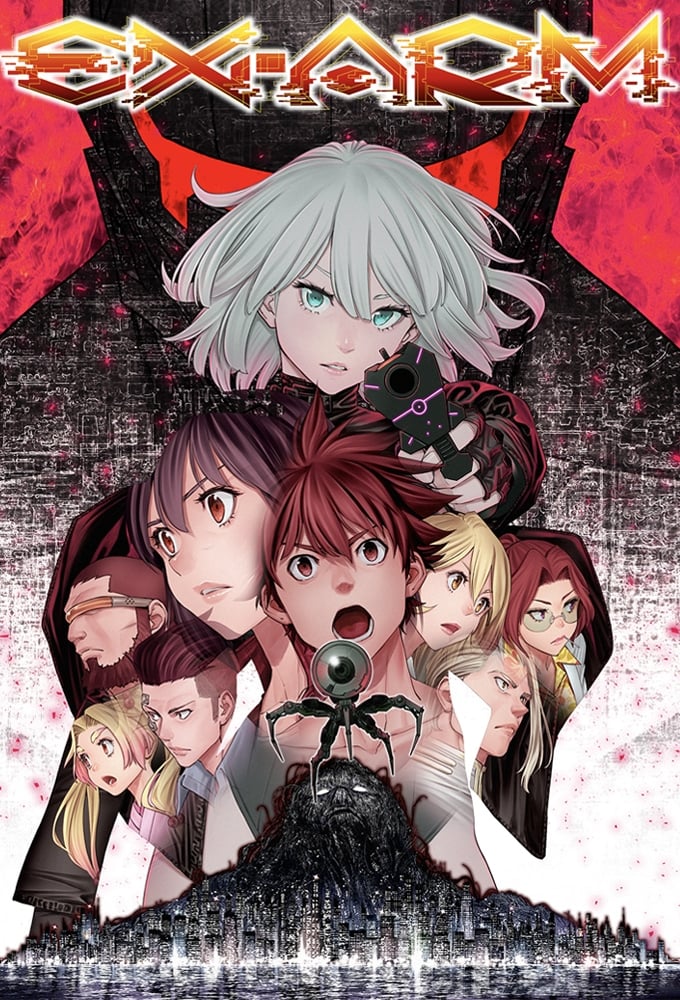
This show is a prime example of what can go wrong when fully 3D characters are placed in 2D settings. The use of motion capture resulted in awkward, unnatural movements that didn’t quite fit the scenes. Many action sequences and fight scenes were cut from online sharing because the timing and editing felt clumsy. Even basic conversations were noticeable because the characters’ lip movements and gestures didn’t align with the spoken dialogue.
‘Pupa’ (2014)

The show’s episodes were very short, which fragmented the story and often left important plot points unexplained. The original TV broadcasts were heavily censored, with gore hidden by blurry effects, making crucial scenes difficult to understand. Fans shared comparisons of the TV version with unedited frames to show just how much content was cut. While later home video releases included the restored footage, the brief episode length still prevented the show from fully developing its characters and providing enough background information.
‘Mars of Destruction’ (2005)

This short animated episode is infamous for its many visual and audio mistakes, which often pull you out of the story. Characters’ faces change shape inconsistently, and action scenes cut short before the impact is shown. There are also repeated sound effects and times when the lip-sync doesn’t match the dialogue. The ending feels rushed, but this has led to the episode becoming a popular, unintentionally funny watch.
‘Hand Shakers’ (2017)
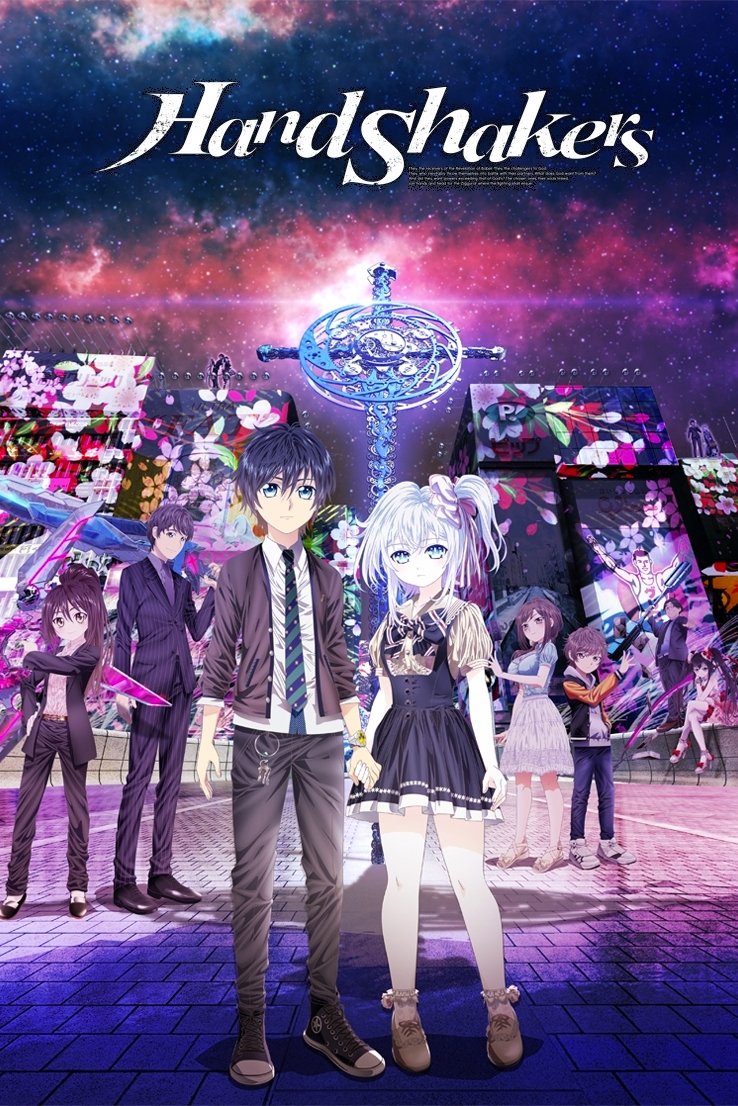
The action sequences were difficult to follow due to shaky camera work. Shiny surfaces and reflections appeared in almost every shot, making the visuals messy and distracting. Conversations were also confusing because text often appeared in multiple places on the screen at once, pulling focus from the characters who were speaking. Online, viewers noticed inconsistencies in how objects and weapons appeared from different camera angles, sharing examples in animated gifs.
‘Eromanga Sensei’ (2017)
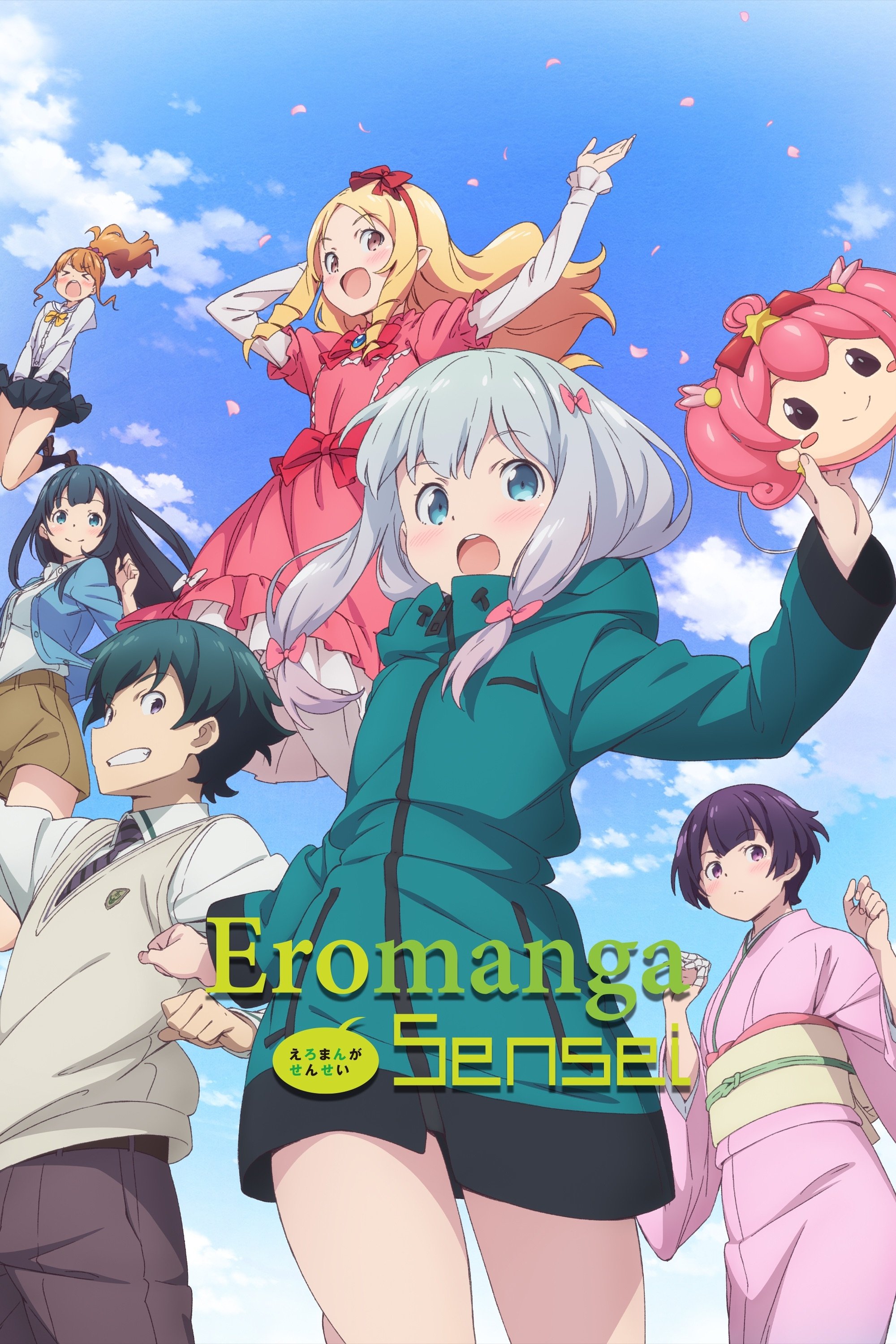
The show’s central idea – teen siblings who both write popular online novels – immediately raised eyebrows with viewers. It’s filled with jokes about fan culture and well-known series, but these often feel clumsy. While the show intends to satirize the entertainment industry with scenes of live streaming and catering to fans, many viewers are sharing clips that seem to miss the mark. The show also includes a lot of in-universe marketing for merchandise and events, which has become another source of amusement and criticism.
‘Sword Art Online’ (2012–2014)

Initially, the story rushed through levels, glossing over the characters’ daily struggles, which led to criticism that progress felt skipped. Discussions often focus on how powerful the main character becomes, as seen in popular video clips. The story’s quick transitions between different game settings provide perfect moments for creating humorous comparisons online. Memorable lines and special attacks are frequently shared because they’re often highlighted with dramatic visual effects.
‘Boruto: Naruto Next Generations’ (2017–2023)

As a longtime fan, I’ve noticed a lot of episodes feel like everyday life, and people often call them ‘filler’ – they’re always the subject of jokes! When you compare this series to the original, it’s clear the stakes aren’t as high and the overall feel is different, which is ripe for parody. It’s also funny how character power levels seem to jump around – people are constantly making charts and memes about it! And seeing the show move towards new villains and tech leads to a lot of side-by-side comparisons of classic ninja skills versus all this modern stuff.
‘Fairy Tail’ (2009–2019)

Stories often reach their most exciting moments when teammates connect, reinforcing the idea that friendship leads to victory. The show’s format relies on dramatic, last-second comebacks, which are popular in highlight reels. Distinct character themes and chants are used repeatedly, making it easy for fans to create their own edits. Frequent costume changes and power-ups also give meme creators material to mark different stages of battles.
‘The Asterisk War’ (2015–2016)
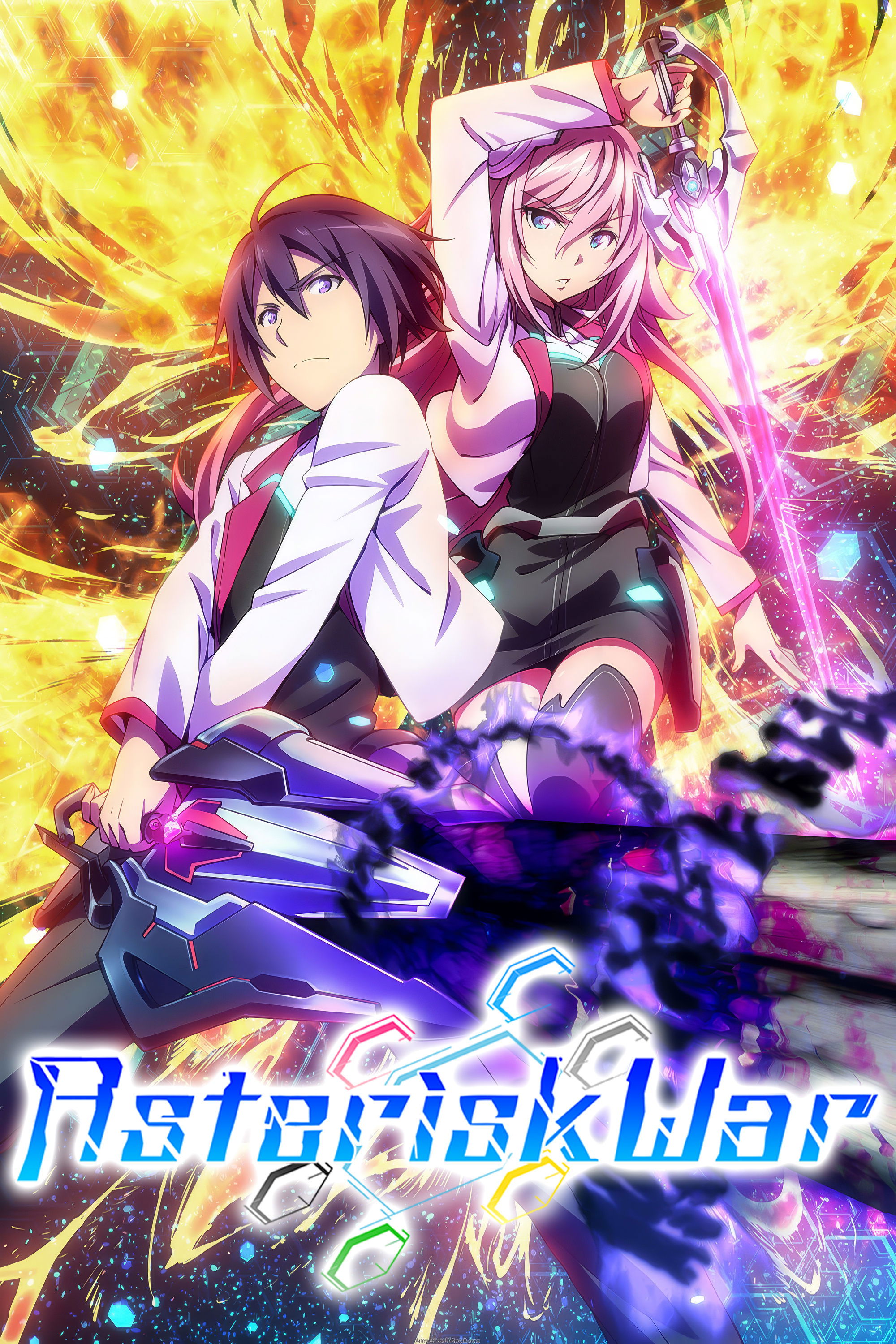
As a fan of battle anime, this show definitely feels familiar! It’s structured like a lot of battle academies – students fight in tournaments with set rules, and a big part of the fun is keeping up with the rankings, brackets, and sponsor deals, just like in other similar shows. Honestly, the way the story mixes romance with the training is pretty predictable, and fans are already sharing theories about how it all plays out. We’re all joking about how every new student who shows up instantly has some amazing, unique weapon or special move, too! It’s a fun ride, even if it doesn’t break any new ground.
‘Guilty Crown’ (2011–2012)
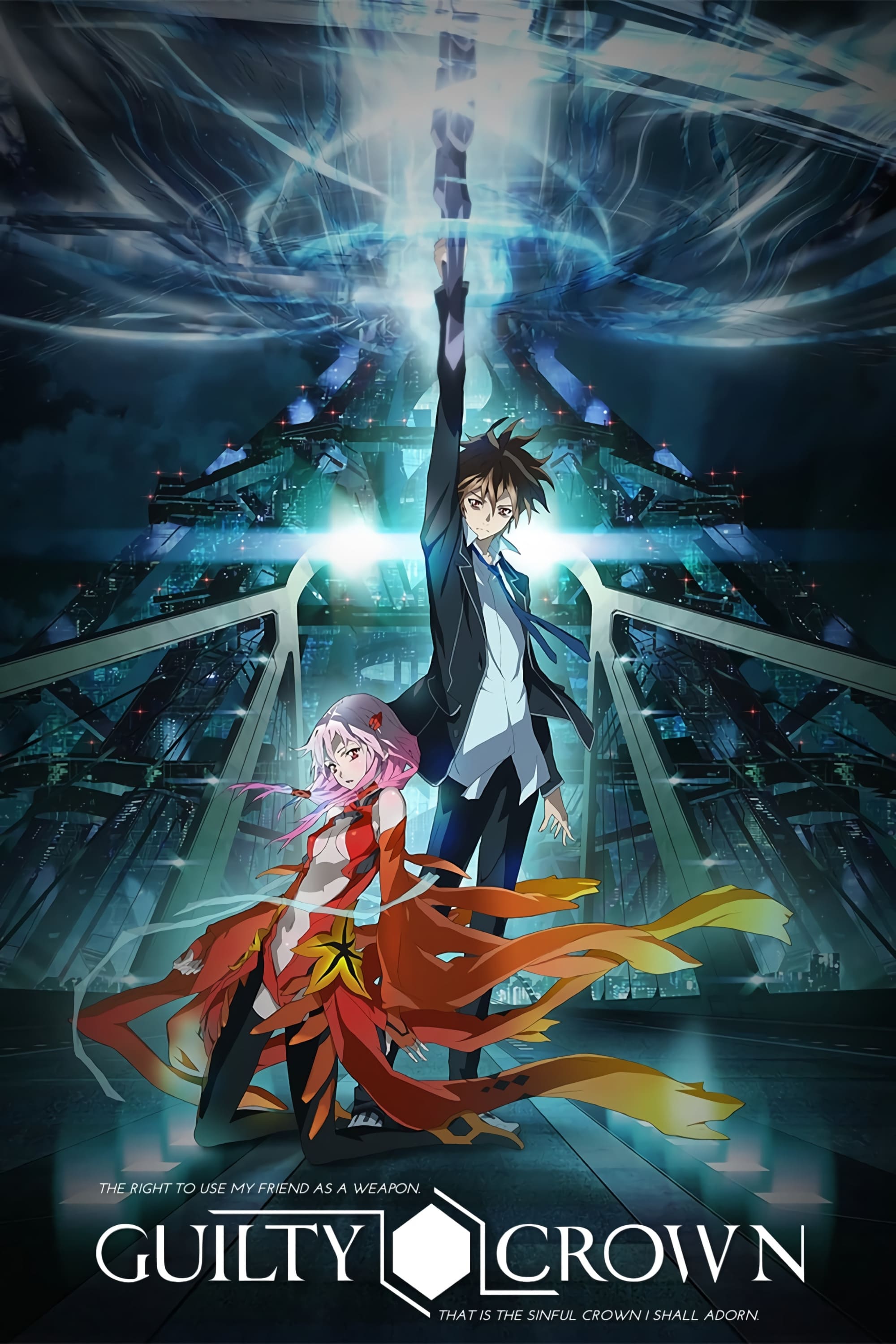
The main character has the unique ability to create weapons by taking them from others, leading to a lot of clever and humorous visual gags. As the season progresses, the show introduces political storylines that make earlier events seem new and unexpected. The show uses flashbacks and changes in character loyalty to create a fast-paced and unpredictable narrative. The well-regarded soundtrack often gets remixed by fans with dramatic music layered over intense moments, adding another layer of excitement.
‘Darling in the Franxx’ (2018)
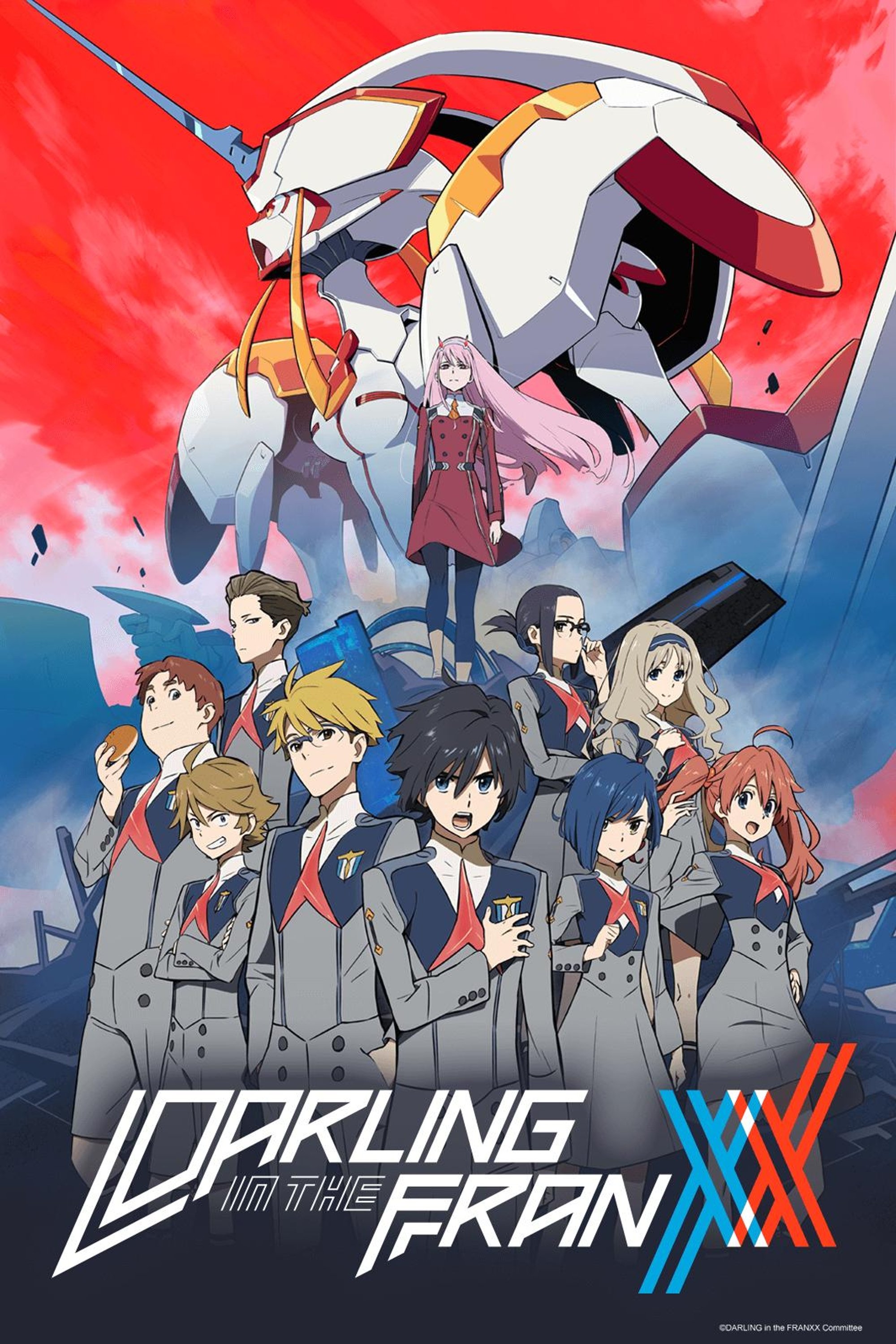
The show starts with exciting battles featuring giant robots and young characters growing up, but it quickly develops a much larger and more complex story. This leads fans to create detailed guides to keep track of all the pilots, robots, and groups involved. Online discussions frequently center around how scenes are filmed during important relationship moments. As the story nears its end, viewers begin making diagrams to understand the characters’ choices and how they affect the final outcome.
‘Tokyo Ghoul √A’ (2014)
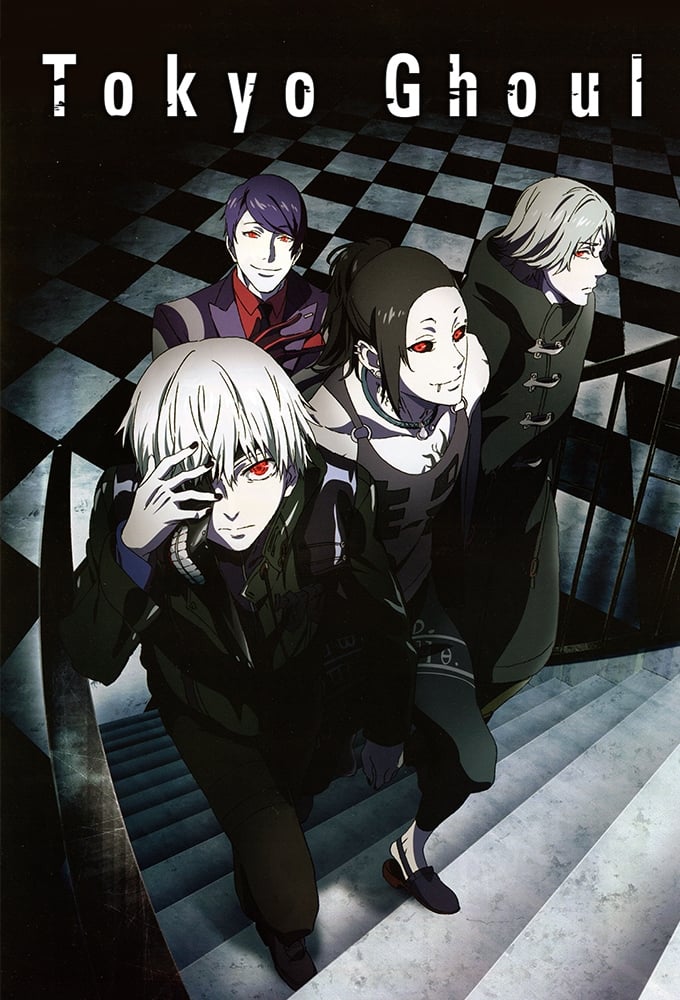
This season takes a different path than the original manga, causing viewers to constantly compare what’s happening now to the source material. Characters act differently than expected, making it hard to follow their overall story arcs. The fight scenes focus more on creating a mood than showing exactly where everyone is, often repeating shots of smoke and rain. Because of shifting allegiances, fans are meticulously tracking changes in costumes and masks to understand who is on which side.
‘Akame ga Kill!’ (2014)

The story features a lot of characters dying on both sides, leading viewers to playfully predict who would be next. The weapons have unique powers that are clearly displayed on screen, making it easy to collect clips of these abilities. The conflict between the empire and rebels sparks discussions about the strategies used in each killing. As the story reaches its climax, battles become increasingly intense, prompting fans to create humorous charts tracking sudden increases in power.
‘Big Order’ (2016)

The story features characters with wish-granting powers that work by controlling territory and making deals, but the rules behind these powers are explained through long, complicated explanations. The narrative frequently switches between large-scale destruction and everyday school life, with things quickly returning to normal after major events. The main character’s relationships often lead to tense, unpredictable conflicts, and fans have noticed the power system seems to conveniently adapt to solve whatever problems arise.
‘Berserk’ (2016–2017)
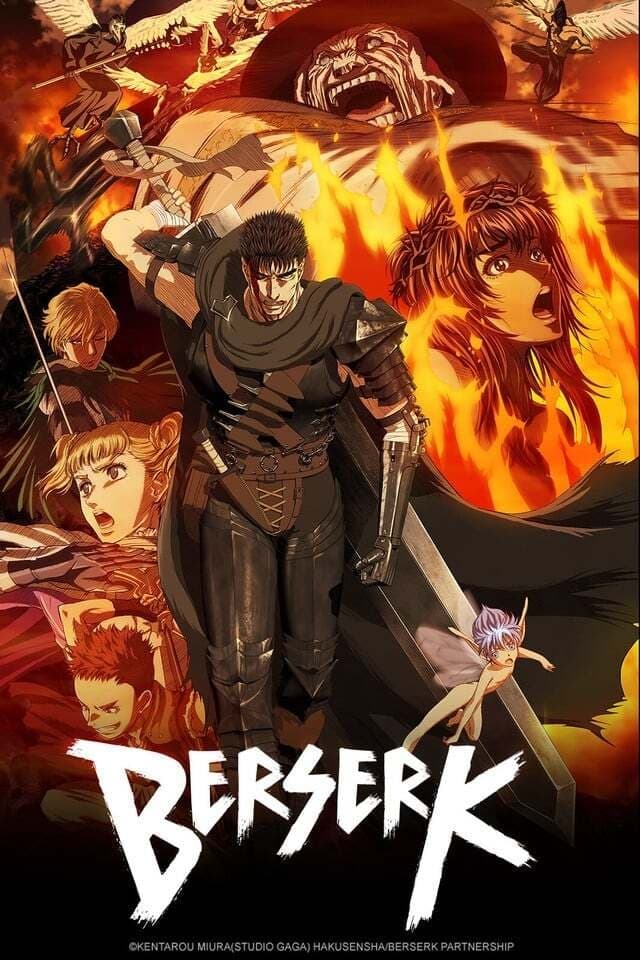
This version of the story uses a lot of simple 3D models combined with 2D effects, and many viewers have criticized this choice. Fight scenes often cut to impact shots that don’t quite match the characters’ movements. The sound design also has issues, with screams and sound effects sometimes drowning out the dialogue, creating unintentionally funny moments. Fans often direct newcomers to certain episodes to illustrate how the camera has trouble keeping up with the action.
‘Infinite Stratos’ (2011–2013)

At a worldwide school, just one boy is skilled enough to operate powerful robotic suits, quickly attracting a loyal following. The training and tests are filled with funny mistakes and become popular sources for online edits and jokes. The story uses familiar character types and national pride to create expected clashes. Fans recognize a pattern of episodes – like those set at the beach, during festivals, or in the dorms – and treat them as predictable, shareable moments.
‘The Melancholy of Haruhi Suzumiya’ (2006–2009)

The show tells one main story across several episodes, and fans often use a quick way to refer to it. Because the episodes aren’t shown in the order the events actually happen, fans created guides to help keep everything straight. The ending theme’s dance became very popular, with people often recreating it at fan events. Even now, viewers share clips of the scenes where the group first comes together, showing how they work as a team.
‘Attack on Titan’ (2013–2023)

The gradual unveiling of the story’s secrets led to years of fan theories. The show’s final season went through several different proposed titles, prompting humorous calendars that tracked how many possible endings were still out there. Action sequences using the characters’ special gear are frequently shared online, thanks to the dynamic camera work. And when characters changed sides, snippets of their speeches became popular content for reaction videos.
‘Dragon Ball Z’ (1989–1996)

Extended fight scenes with power-ups and transformations give editors plenty of material to work with, allowing them to create dynamic loops and highlights. Iconic energy attacks are often announced with memorable shouts that fans love to repeat. The show’s focus on tournaments, training, and epic final battles makes it easier to follow the storyline. And, of course, discussions about character strength are a constant source of debate among fans.
‘JoJo’s Bizarre Adventure’ (2012–2021)
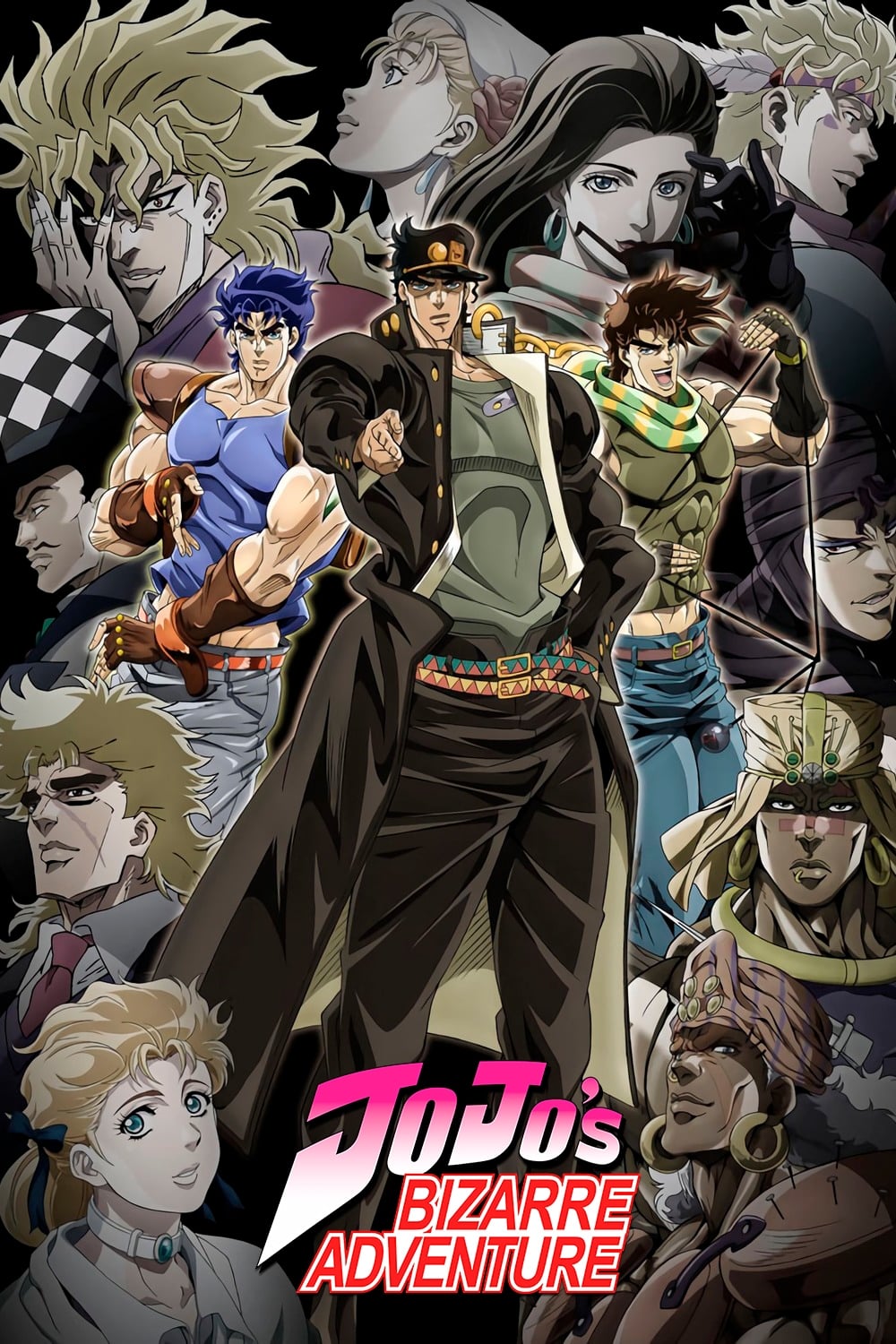
The series features different characters with distinct powers, allowing fans to easily identify specific periods or moments. These powers operate under a set of rules that are popular for detailed analysis and humorous interpretations. The characters’ signature poses and outfits have become instantly recognizable and are often recreated at events and in photos. Plus, the memorable sound effects and battle cries are frequently used in short, shareable clips.
Let us know your top choices in the comments! Tell us which anime you think gets the most criticism and explain why you think so.
Read More
- Robert Kirkman Launching Transformers, G.I. Joe Animated Universe With Adult ‘Energon’ Series
- Avantor’s Chairman Buys $1M Stake: A Dividend Hunter’s Dilemma?
- Ex-Employee Mines Crypto Like a Digital Leprechaun! 😂💻💸
- UnitedHealth’s Fall: A Seasoned Investor’s Lament
- NextEra Energy: Powering Portfolios, Defying Odds
- AI Stock Insights: A Cautionary Tale of Investment in Uncertain Times
- Hedge Fund Magnate Bets on Future Giants While Insuring Against Semiconductor Woes
- Сегежа акции прогноз. Цена SGZH
- The Illusion of Zoom’s Ascent
- Top 20 Hilarious Conservative Comedians Ever, Ranked
2025-11-07 01:17